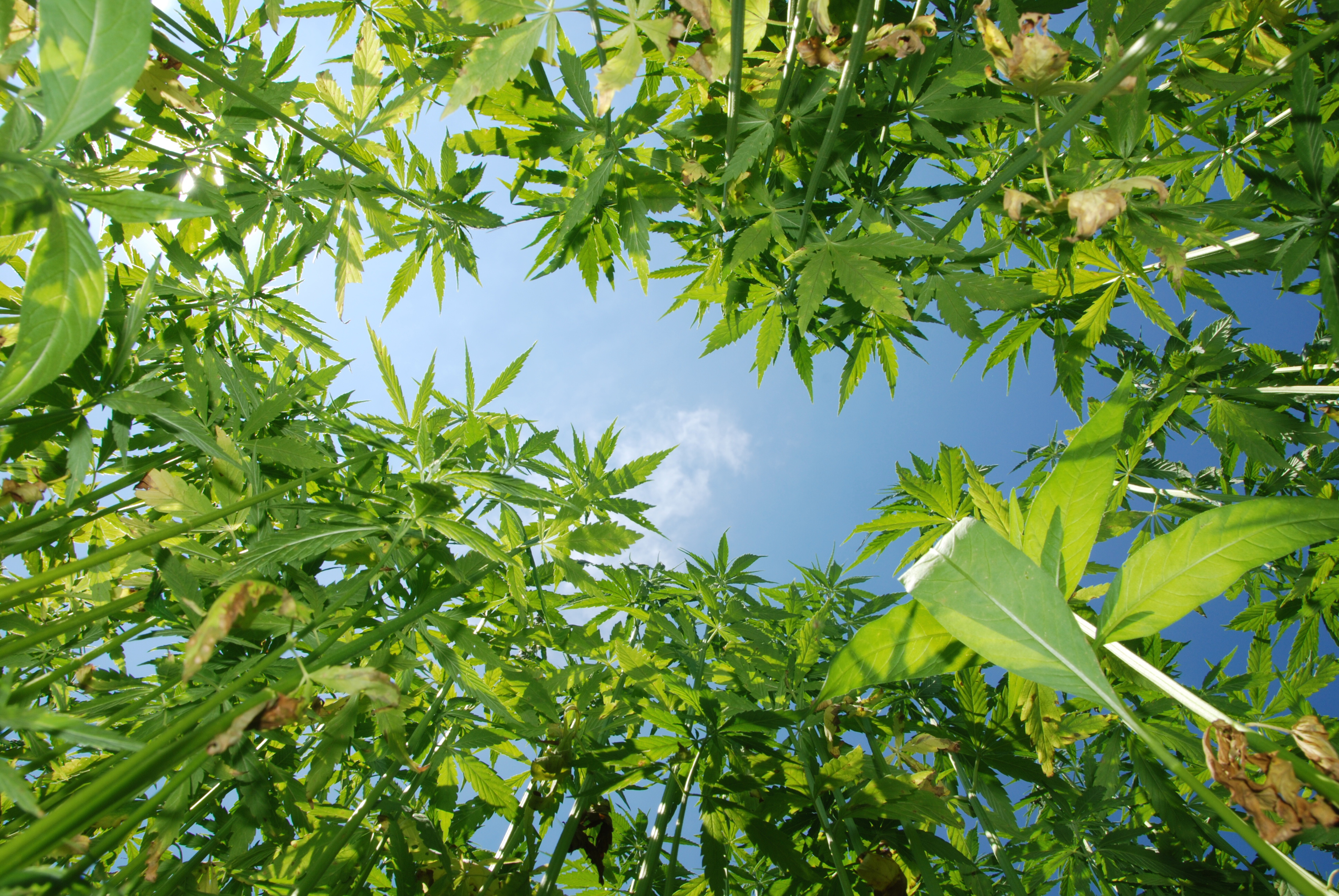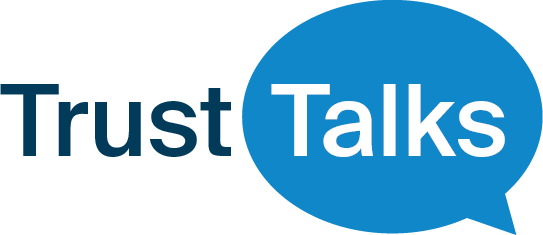As the USDA prepares to release their federal hemp rules later this month, here’s what you need to know...

In the several months since the 2018 Farm Bill reclassified hemp from a Schedule 1 substance and set the path for legal production, distribution, and retail of CBD products derived from industrial hemp, states across the country have been incurring massive headaches as they try to structure programs to manage the cultivation, transportation, and sale of the new product. So as the United States Department of Agriculture prepares to release their plans for regulating hemp later this month, here’s what you need to know.
The challenges:
A rapidly growing market: The U.S. hemp market is set to grow rapidly. Today, 41 states have or are considering hemp bills. Across the country more than 75,000 acres of land are being farmed for hemp compared to 25,000 acres just 3 years ago. With the 2018 Farm Bill creating a federal legal framework for hemp, federal and state regulators must determine how to manage hemp and hemp-derived CBD products. And it won’t be easy.
Differentiating between plants: Derived from the same plant genus and similar in appearance and smell to marijuana, hemp is nearly indistinguishable from its sibling plant and can only be differentiated through time consuming laboratory testing of THC content. Law enforcement does not currently possess tools to immediately confirm if observed material is hemp or cannabis, challenging state and local enforcement of both cannabis and hemp regulatory programs.
Interstate movement of products: Interstate movement of hemp and hemp-derived products will become legal at the federal level--in clear contrast to the federal perspective of cannabis. This includes specific provisions that prohibit states without hemp programs from preventing cross-state hemp movement. This large-scale, interstate movement of material and products will present a significant challenge to states in ensuring hemp and cannabis are not inter-mixed and hemp does not become a conduit for black-market cannabis or cannabis produced in oversaturated markets such as Oregon and California.
Cross-pollination: The potential for cross-pollination already has and will continue to pose a challenge for farmers across the country who will need to keep the cultivation of the two products separate to ensure that hemp products aren’t at risk of containing higher than allowed levels of THC due to their proximity to marijuana plants. This also may lead to issues of contamination of the genetics and specialty crops being developed by farmers in both spaces and will challenge the USDA and State Departments of Agriculture when asked to support hemp farmers through normalized crop support programs (but again, not with cannabis).
Bifurcated market for CBD oil: Finally, the legalization of hemp will likely create a bifurcated market for CBD oil that has serious implications on tax revenue as well as consumer safety. While the hemp plant can be used for a variety of non-consumer-oriented industrial uses, CBD extracted for infusion into consumer goods will also compete with CBD derived from state-regulated marijuana activities. This will present significant challenges to state licensed cannabis operators who sell CBD derived from highly regulated, single state-only marijuana supply chains as they will be at a significant cost disadvantage in terms of the regulatory fees, oversight, and taxes being imposed when compared to CBD coming from hemp cultivation in an inter-state market. This could remove a vital revenue stream for cannabis operators with unknown consequences to state cannabis programs. Furthermore, consumers will be faced with a myriad of sources and locations for purchasing products infused or enhanced with CBD. For CBD coming from heavily regulated and tightly monitored cannabis supply chains, there will be a record of sourcing, testing and production of the CBD ingredients from track and trace (seed to sale) programs. For CBD derived from hemp, there are currently no similar systems in place.
To meet these challenges, here’s what we need from the upcoming regulation:
Much of the hemp plant is fibrous materials only suitable for industrial uses and not likely to impact consumer safety or public health. However, CBD derived from hemp will be targeted for public use with these issues in mind, as federal, state and local agencies consider the rules to effectively regulate hemp. We will need to put mechanisms in place to ensure authorities know where hemp is being grown, how much is being produced and where the CBD byproducts are going.
Authorities should strongly consider an efficient and scalable track and trace system that enables enforcement agents to easily distinguish between hemp and marijuana plants, provides traceability down to the retail unit for products containing CBD derived from Hemp to ensure consumer safety, and ensures that cannabis growers looking to compete in the CBD market aren’t unfairly impacted by large scale black market intrusion into legitimate hemp markets. This is not to recommend that existing cannabis track and trace (seed to sale) be used for this purpose. Current cannabis traceability solutions are not designed for hemp. They impose a significant burden on licensees by requiring individual plant tagging and tracking that reflects the unique nature of cannabis as a state-legal but federally-illegal product.
Rather, hemp traceability should take a page (or perhaps leaf?) from other agricultural practices. Batch driven, high-level tracking of cultivation activity would enable regulators to know the basic who? and where? for activities being conducted and enable identification of the source materials for any unsafe products. This should be further supported by more granular product level traceability through the manufacturing, testing, product infusion and sale (the what?) of the CBD derived from hemp cultivation. By combining a very light, high-level batch traceability solution for cultivation with granular product level traceability for CBD, authorities will have the tools to not only protect public health on hemp CBD products, but also to establish the controls needed to ensure there isn’t widespread misrepresentation of cannabis as hemp in the interstate market.
Although cannabis and hemp are different products and come with their own set of challenges, their fates are intertwined. Applying basic traceability to hemp and CBD products will help solve some of the challenges facing Federal, State and Local regulators managing the industry. In fact, if we do it right, it could serve as a model for the potential federal regulation of cannabis.

With more than 18 years of experience assisting state and local agencies in developing and adopting regulatory, policy and enterprise technology initiatives, Alex oversees SICPA’s relationships with more than 45 U.S. states and 160 municipalities, all of which use SICPA’s products for supply chain verification and control (including the SICPA track and trace program currently used by the State of California). As the Director of Business Development for Meyercord Revenue, a SICPA company, has developed new market opportunities for SICPA in emerging markets subject to excise tax including alcohol, OTP and medical marijuana. Prior to joining SICPA, Alex spent more than 12 years at Accenture and several years at Oracle.
